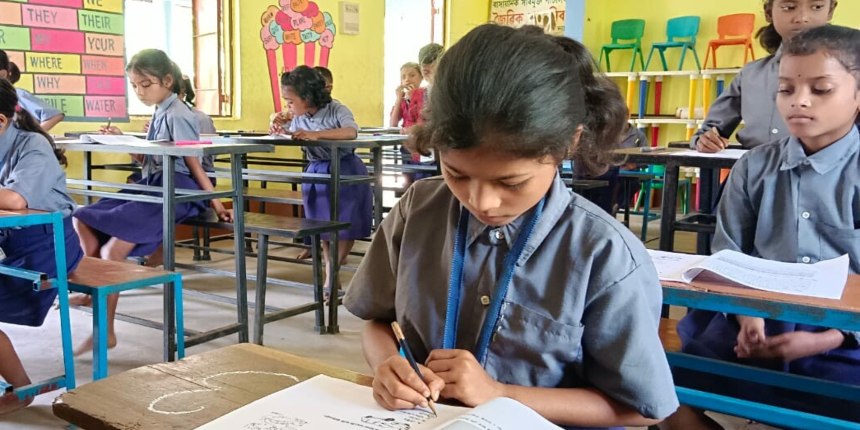ASER 2023: 26% of rural children aged 14-18 can’t read a Class 2 textbook
Atul Krishna | January 17, 2024 | 02:18 PM IST | 3 mins read
ASER 2023 Report: 56.7% of children in 14-18 age group can’t do basic division, 42% can’t read easy English sentences

NEW DELHI: Over 26% of children aged between 14 and 18 in rural India cannot read a Class 2 textbook in their regional language, according to the Annual Status of Education Report (ASER) 2023 released on Wednesday. The report also noted that 42.7% children of the same age group cannot read easy sentences in English.
The ASER report found that 51.6% of the surveyed children were unable to solve a basic arithmetic problem, while 56.7% were unable to do basic division sums. About 34.7% of the children could not also do basic subtraction sums, the report found.
The ASER 2023 report surveyed 34,745 rural children aged between 14-18 in 28 districts across 26 states. One rural district was surveyed in each major state, with the exception of Uttar Pradesh and Madhya Pradesh. The report is conducted by the non-profit organisation Pratham.
Also read CBSE developing international curriculum, looks to expand in Africa, Middle-East: Secretary
Enrolments, gender gap
The ASER report found that 86.8% of surveyed students aged between 14 and 18 are enrolled in educational institutions. However, this percentage decreased substantially with age. For instance, 96.1% of 14-year-old students were enrolled in educational institutions but the percentage dropped sharply to 67.4% when it came to 18-year-olds.
The report reveals that a majority of students in rural areas opt for arts and humanities courses. In Classes 11 and 12, 54% of students in rural areas were enrolled in arts and humanities, 9.3% in commerce and 33.7% in science. The report also found that only 28.1% girls were enrolled in science stream compared to 36.3% boys.
According to the report, 13.1% male students and 13.3% female students were not enrolled anywhere. Only 5.6% of the surveyed students reported to have taken vocational courses. This number seemed to be higher (16.2%) among college students.
Smartphones and practical skills
The ASER 2023 report found that over 92% of surveyed children can use a smartphone and 89% reported that they have a smartphone available at home.
However, the report found that boys are more likely to have a smartphone of their own than girls. Nearly 44% boys are likely to have their own smartphone compared to only less than 20% girls.
Students reported that more than 90% of them used smartphones for entertainment, and only 66.1% used it for educational purposes. Nearly 71% of students were able to browse information on the internet.
However, the proficiency of using smartphones came down when it came to practical skills. Only 27.6% of the surveyed children used smartphones to access online services and only 37.1% could use Google Maps to calculate distance to their homes.
Boys outperform girls
In all the practical tasks, male students performed better than female students. “Almost half of the males who were asked this question could use the app to figure out how long it would take to get to the district bus stand (49%). Only half that proportion – 25% of girls and young women – could do so,” the report said.
Although the number of out-of-school children remained similar for both boys and girls, indicating that more girls are enrolled in schools, the report noted that boys seemed to absorb practical skills during this time.
“Girls are staying in school longer, but this does not imply that they are gaining the knowledge, skills, or confidence needed to successfully negotiate their lives as adults. Other than basic reading proficiency, sampled males outperformed sampled females on every single assessment task,” the report said.
The report also noted that 85.8% girls do household work compared to only 65.9% boys. However, 40.3% boys had a job apart from household work compared to 28% girls.
Follow us for the latest education news on colleges and universities, admission, courses, exams, research, education policies, study abroad and more..
To get in touch, write to us at news@careers360.com.